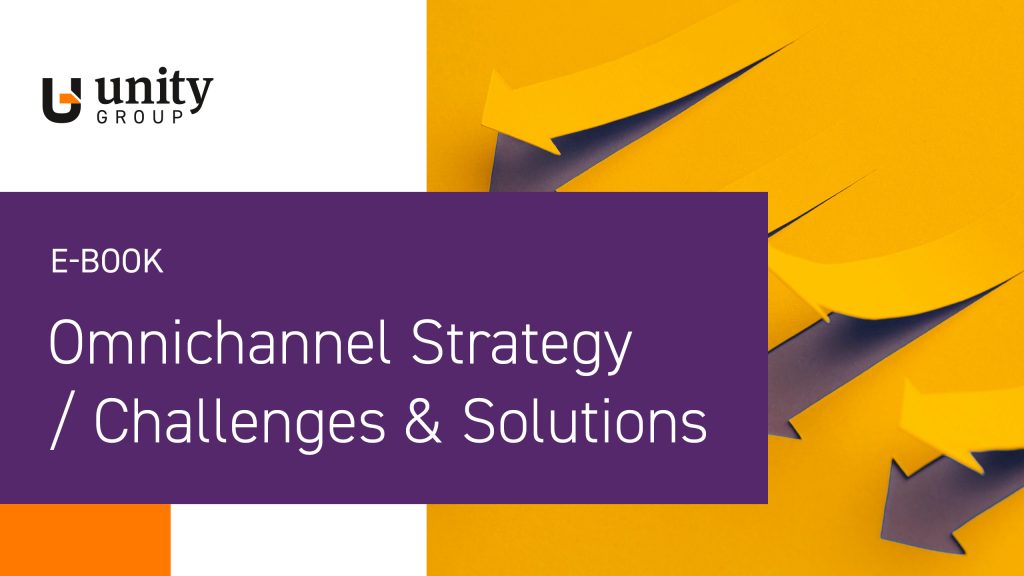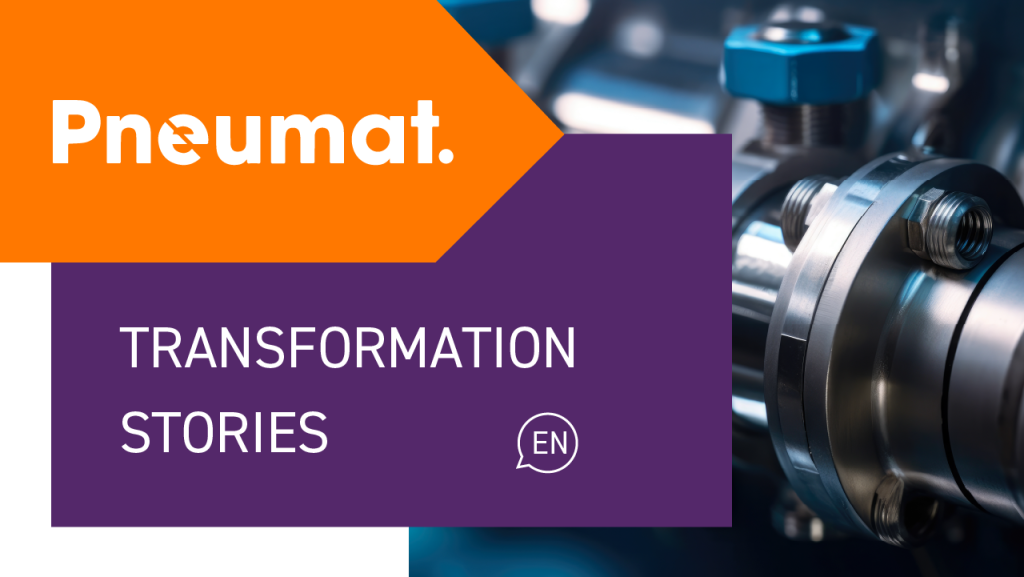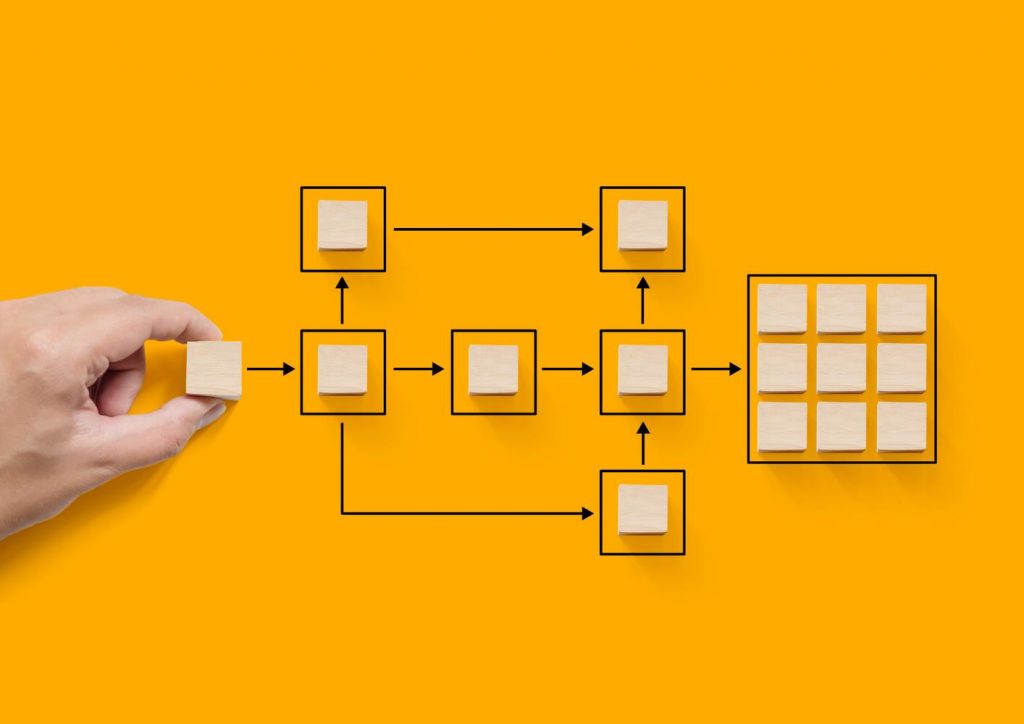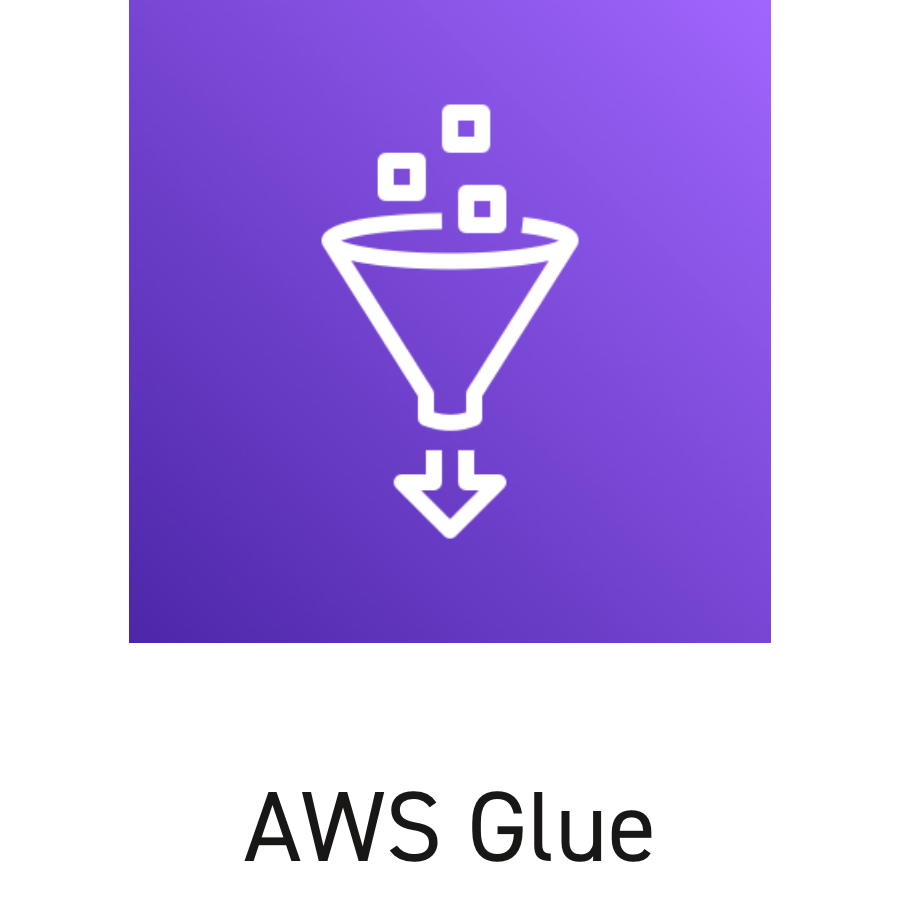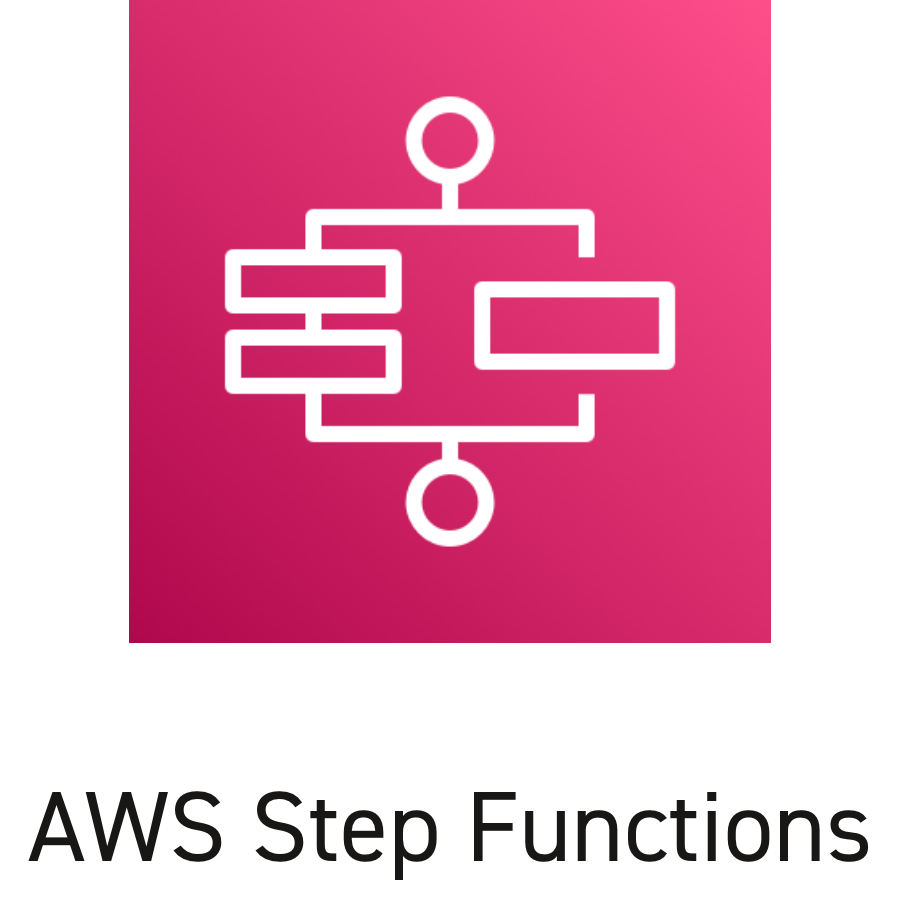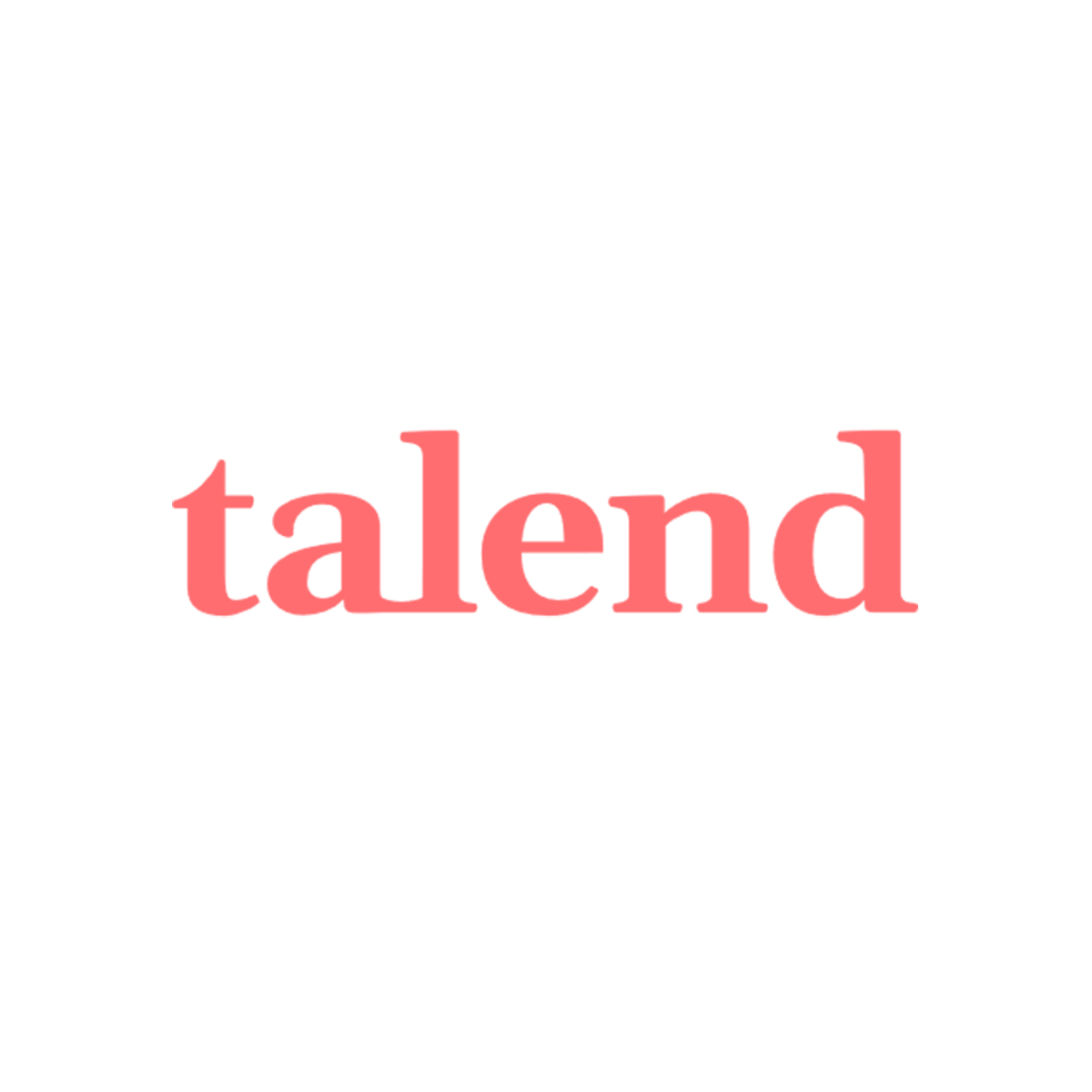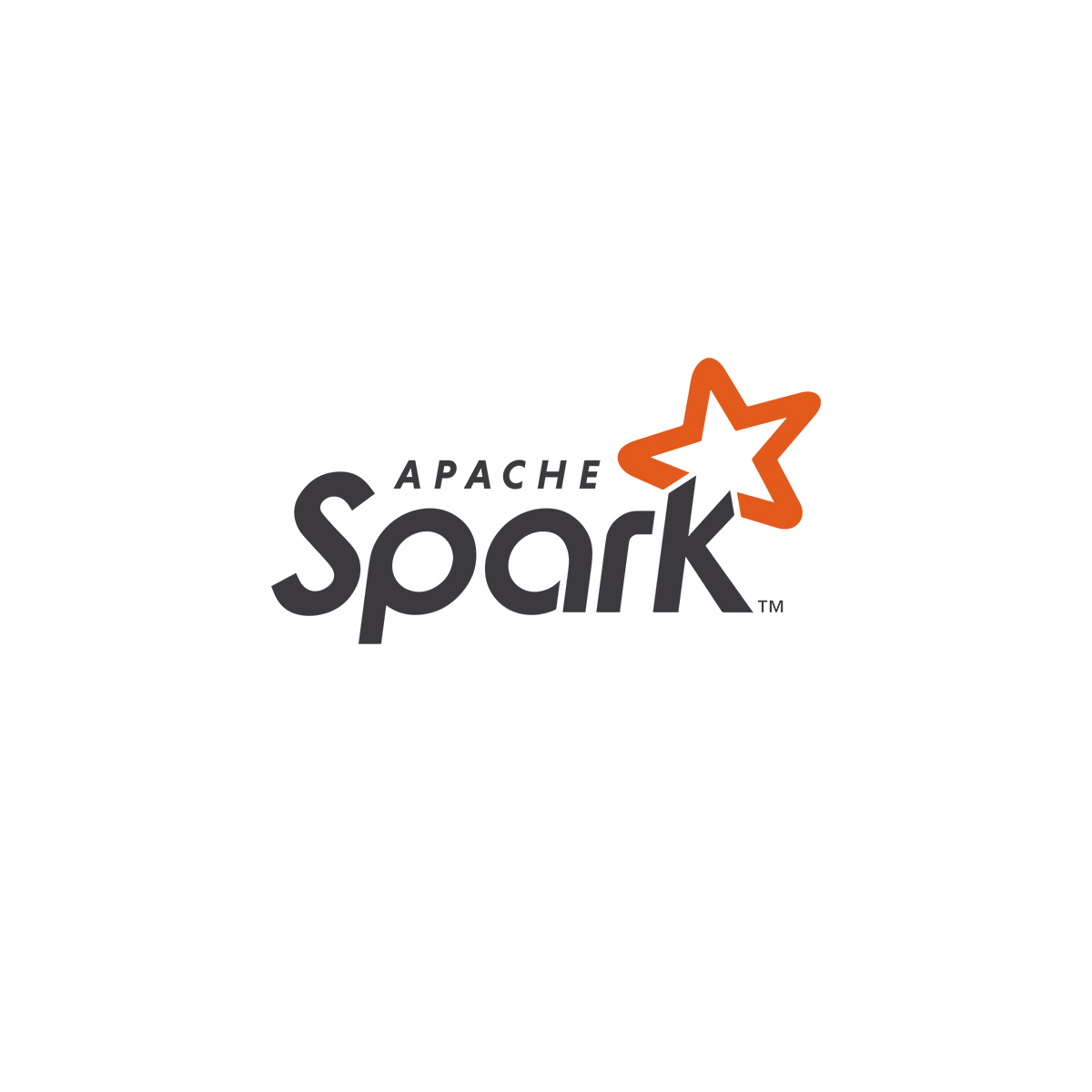ETL Process
Need to combine and collate data from multiple sources? The ETL process extracts transforms and loads – turn multiple sources of raw data into a coherent ETL data warehouse.
Collect data from multiple sources, transforming it into actionable, consistent information with the best ETL tools.
Data Identification and Catalogs
Detect and identify all data assets via a catalog that covers the entire enterprise.
Unified Access Point
Complete ETL architecture covers the entire company, with all data available from one user friendly point of access.
Optimized Resources
Modern platforms and solutions like the cloud can further benefit your ETL architecture for optimal performance and costs.
Custom Data Layers
With data layers, you can implement advanced reporting and analytics features, together with user profiles.
Consolidated view of data
ETL tools provide the complete, consolidated view of all vital business data, greatly reducing workloads and making reporting easier – and more accurate.
Scalability
Whether in the cloud or on-premise, ETL architecture can be optimized to perform at any scale – ideal for expanding databases.
ETL – The First Step to Effective Data.
The ETL process is vital for day-to-day business operations. It collects and transforms data into well formatted information that can be manipulated and analyzed as needed by the end-users. ETL tools remove the difficulty of data collection and processing, freeing your teams to focus on the important analytics and actionable tasks. Yet the actual process is rather complex, especially as businesses grow and expand into more data sources, so high quality, precise ETL architecture is essential for ensuring final data quality.
Explore other solutions
/ Data Engineering
-
Data Warehouse
Our data warehousing services will enable you to integrate structured transactional data, facilitate reporting and streamline business analysis with unlimited data size.
-
Data Lake
Apply an integrated data strategy, combining structured and unstructured data from different sources and formats, enabling deeper insights and larger data sets.
-
Data Migration
Transfer data between your systems, while maintaining data integrating and the continuity of processes in your organization. Enjoy a flexible, secure, and standard-compliant IT infrastructure.
-
Big Data Services
The demand for advanced, real-time analysis is growing. With the Big Data platform you will be able to analyze and draw conclusions from huge data sets of different formats.
-
Data Orchestration
Maintain complex relationships between data tasks and dynamically adjust your computing power requirements to suit.
The Technologies
/ Behind Solution
Our Experts
/ Knowledge Shared

The Growing Impact of Data Governance and Data Quality for Business
Never build on weak foundations – a good sentiment for building buildings and business processes alike. Today, everyone is looking to build on their data, but how do we ensure data quality? In the past, when data tools were simple, data quality was less of an issue. However, the recent growth of advanced data tools, such as business intelligence,...

Data & AI Trends / Predicting Artificial Intelligence in 2024
If you haven’t read about AI at some point this year, you’d have to be a hermit, living in a cave… on another planet. ChatGPT alone filled up half of our LinkedIn feeds, but the future of Generative AI is far from the only new AI technology 2024 has on the horizon for us… We previously covered the most...

Putting Privacy First: How Healthcare Companies Can Embrace Privacy by Design in Digital Transformation
Think of your intimate health stats being as secure as a top-secret mission file, untouched by any form of cyber threat or data debacle. That’s the essence of Privacy by Design, a pioneering principle that integrates privacy into the very DNA of healthcare systems and processes. In this era of healthcare and digital transformation, adopting...

